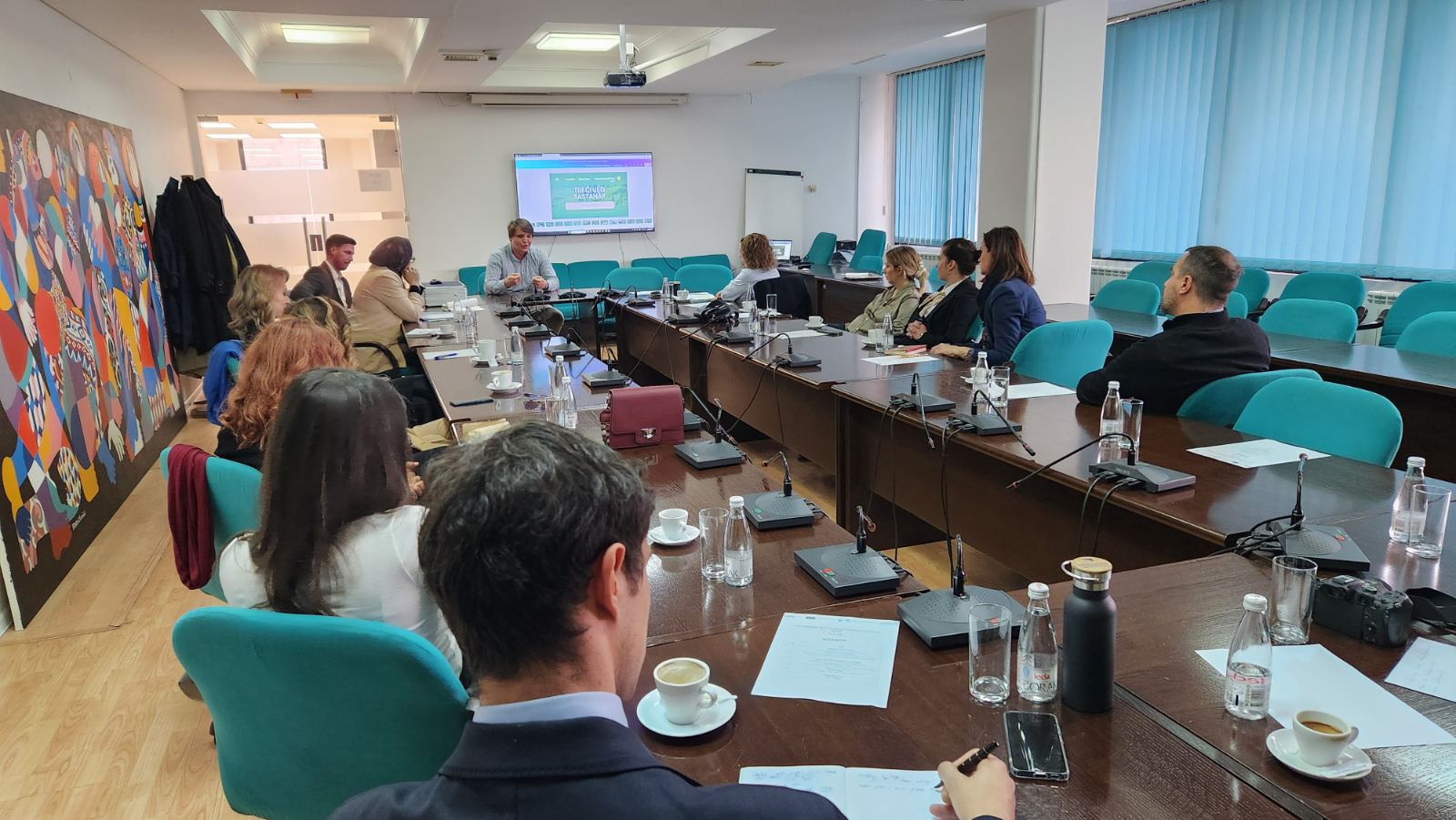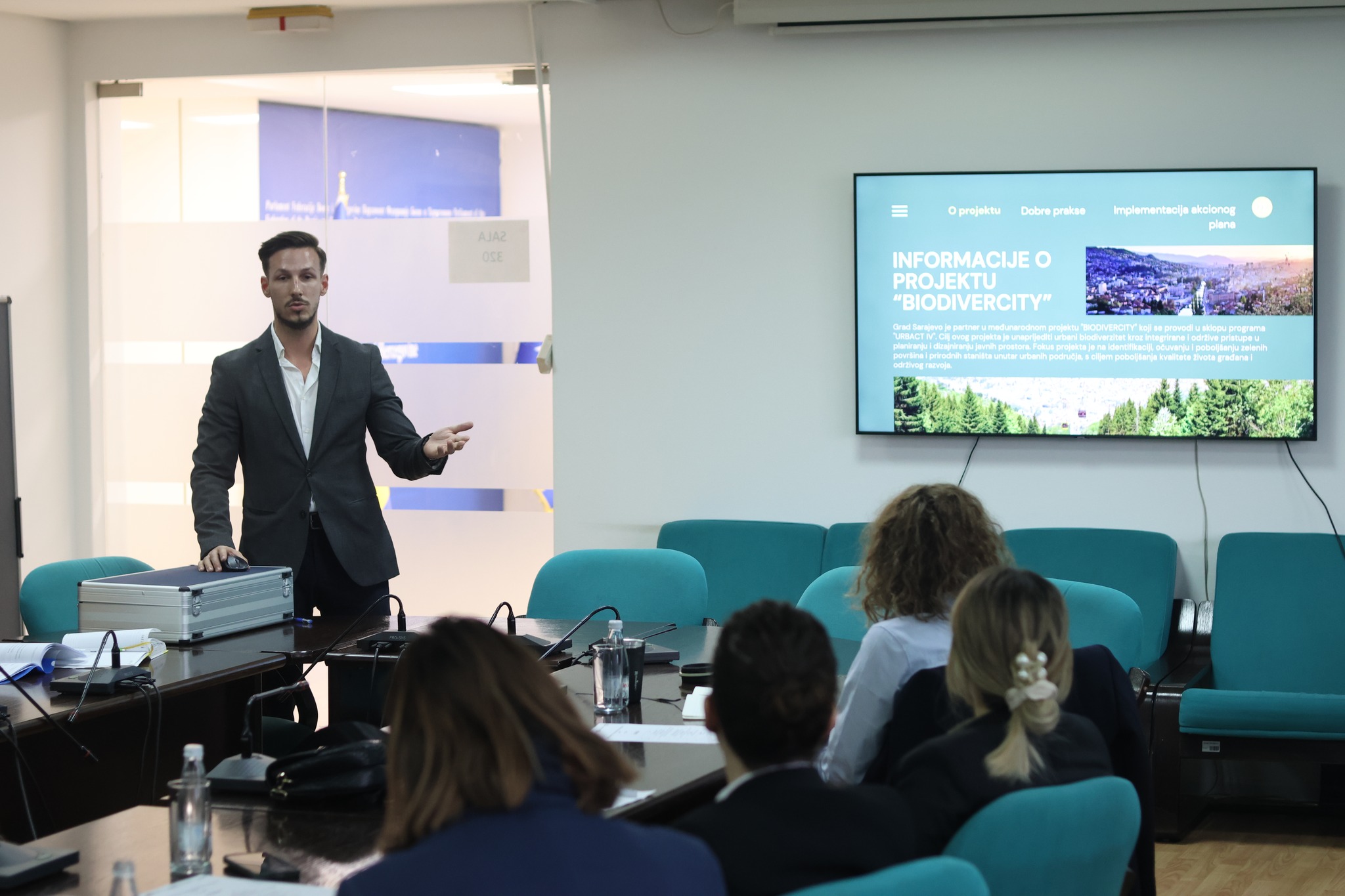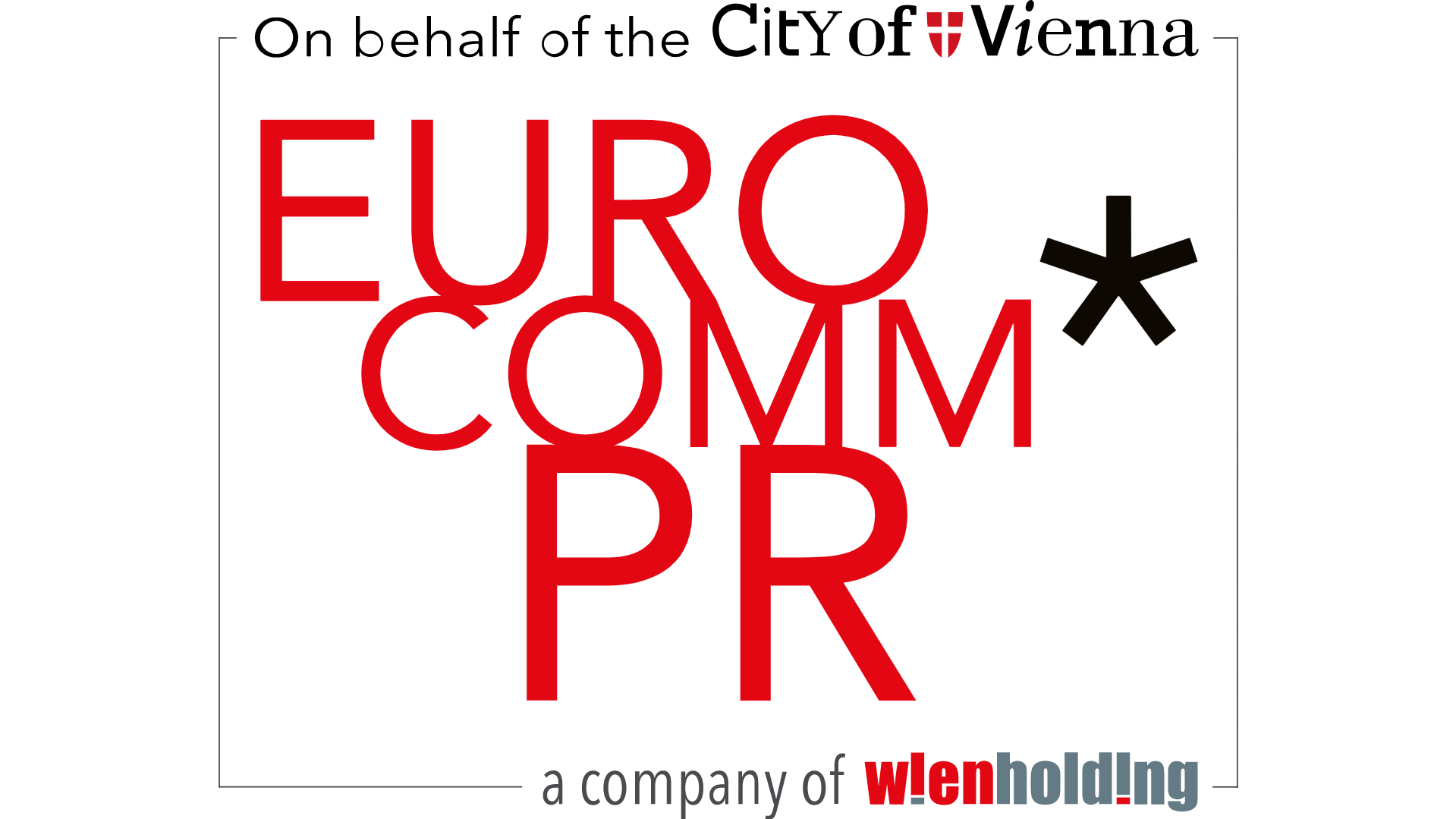
The Department for Sustainable Development of the City of Sarajevo organized the third meeting of the Urban Local Group #ULG, bringing together representatives from the public, private, non-governmental, and academic sectors. During the meeting, the Bauhaus4MED project was introduced, and a working group was established to oversee its implementation.
The meeting featured workshops and discussions with key institutions and organizations, including the Institute for Development Planning of Sarajevo Canton, the Faculty of Architecture at the University of Sarajevo, ARA – Architectural Workshop, Sarajevo Regional Development Agency (SERDA), the Green Building Council of Bosnia and Herzegovina, Greenstyle Solutions d.o.o., Landscape Studio Avliya, and other relevant stakeholders.
Updates on the progress of the BiodiverCity project, implemented under the URBACT program, were also presented. ULG Coordinator Amar Popara highlighted the activities undertaken by the City of Sarajevo, emphasizing the achieved results. Best practices from previous City Network Meetings (CNM) were shared, along with insights into the implementation process of the Integrated Action Plan (IAP), with a particular focus on advancing green initiatives in Sarajevo.
Derviš Hadžimuhamedović, Project Manager of Bauhaus4MED, which is part of the Interreg Euro-MED program, outlined the main goals and activities of the project, with an emphasis on its transformative dimension and the planned activities in Sarajevo. It was noted that the pilot project for the green transformation of neglected spaces, to be implemented through this program, will serve as a model for improving the daily lives of Sarajevo’s citizens. Planned activities include organizing a local Bauhaus festival and forum to foster networking and further exchange of experiences among citizens.
The third ULG meeting resulted in constructive discussions and the exchange of ideas for implementing green transformations in Sarajevo. A central theme was the importance of engaging all societal segments in the process to enhance biodiversity and green spaces within the city. Participants deliberated on transforming neglected public spaces into modern, functional green oases to improve residents' quality of life and contribute to environmental preservation.
The meeting concluded with a shared vision: green transformation must be sustainable, inclusive, and aesthetically appealing, aiming not only to improve the environment but also to enhance the daily lives of citizens. Participants agreed that revitalizing public spaces is essential for the city's future development and that its success depends on collaboration among all relevant stakeholders and active citizen involvement.



